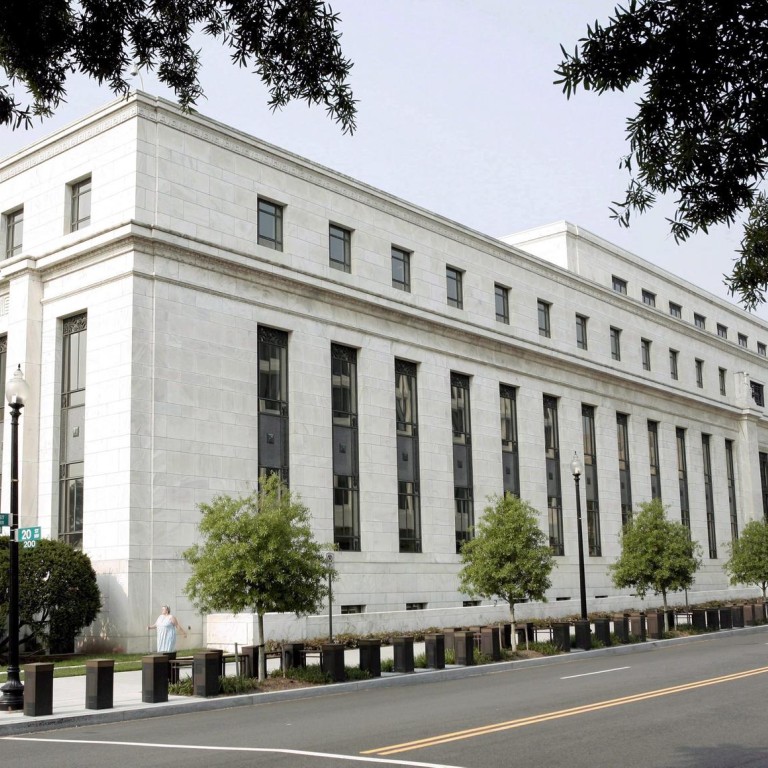
Increased Fed fund rate to prick Hong Kong's credit bubble
HK banks have enjoyed cheap credit for seven years due to rock-bottom US interest rates but upcoming changes could be about to hit them hard
Hong Kong banks have been awash with cheap credit for nearly seven years but the wellspring is about to dry up.

In October, the Fed will also halt the third round of quantitative easing, its bond-buying programme that has since 2008 pumped around US$4 trillion in liquidity into US and global markets. The changes in rates, however, will depend on economic data, not calendar dates, the Fed's chairwoman Janet Yellen said.
More than anywhere in Asia, banks in Hong Kong and Singapore are set to be impacted by the upcoming change. Both cities have virtually imported US monetary policy for decades. Hong Kong pegs its dollar to the US dollar and, with a highly managed currency regime, Singapore does much the same.
As a result, short-term interest rates in Hong Kong and Singapore correlated 97 per cent with those in the United States, said Derek Ovington, head of Asian banks research at CLSA in Hong Kong.
Rock-bottom interest rates in the US over the past seven years have brought about similar credit conditions in the two cities despite the two Asian tigers having faster-growing economies than the US.
That had led to credit bubbles, Ovington said - ones that are set to deflate as the Fed fund rate increases. Hong Kong's domestic loan-to-gross domestic product ratio was 203 per cent in June, CLSA data showed, a historic high and a level more than 60 percentage points higher than in 2007. In Singapore the ratio was 158 per cent, up 72 percentage points on 2007.
Cheap credit has also led to the suppression of non-performing loans to historic lows as the interest rate on servicing this bigger debt load has plummeted. The ratio of bad loans to total domestic loans in Hong Kong has fallen from near 7 per cent in 2000 to far below 1 per cent for a few years, data from CLSA shows.
If the pace of Fed funds rate increases is gradual and regional and global economic growth remains stable, the deflation of the credit bubble in Hong Kong need not be a violent one, Ovington said.
"We'll probably see the beginning of an increase in NPLs, but that increase will lag the increase in rates because over-indebted businesses will struggle to service existing debt before they actually default," he said, adding that loan growth should compress from the current 16 per cent annual growth to single-digit figures, with a material increase in interest rates not expected before the end of 2015.
Low interest rates have also pushed down the amount banks earn on interest from their loans. The rise in the Fed fund rate would help boost those margins, analysts said, although the increasing cost of credit will slow lending growth.
"Rate hikes by the Federal Reserve will help widen banks' net interest margin. At the same time, such hikes will also increase debt repayment burdens for borrowers," said Sonny Hsu, a senior analyst at Moody's Investors Service. "The positive impact of a widening in margins will likely be partially offset by higher credit costs."
Sabine Bauer, a senior director at Fitch Ratings, said the lenders with the best deposit franchises and the lowest loan-to-deposit ratios, such as HSBC, Bank of China (Hong Kong) and Standard Chartered, would benefit the most from the change.
HSBC and Standard Chartered have suffered in the low-interest-rate environment in Asia, where both have seen slow growth in financial markets businesses.
